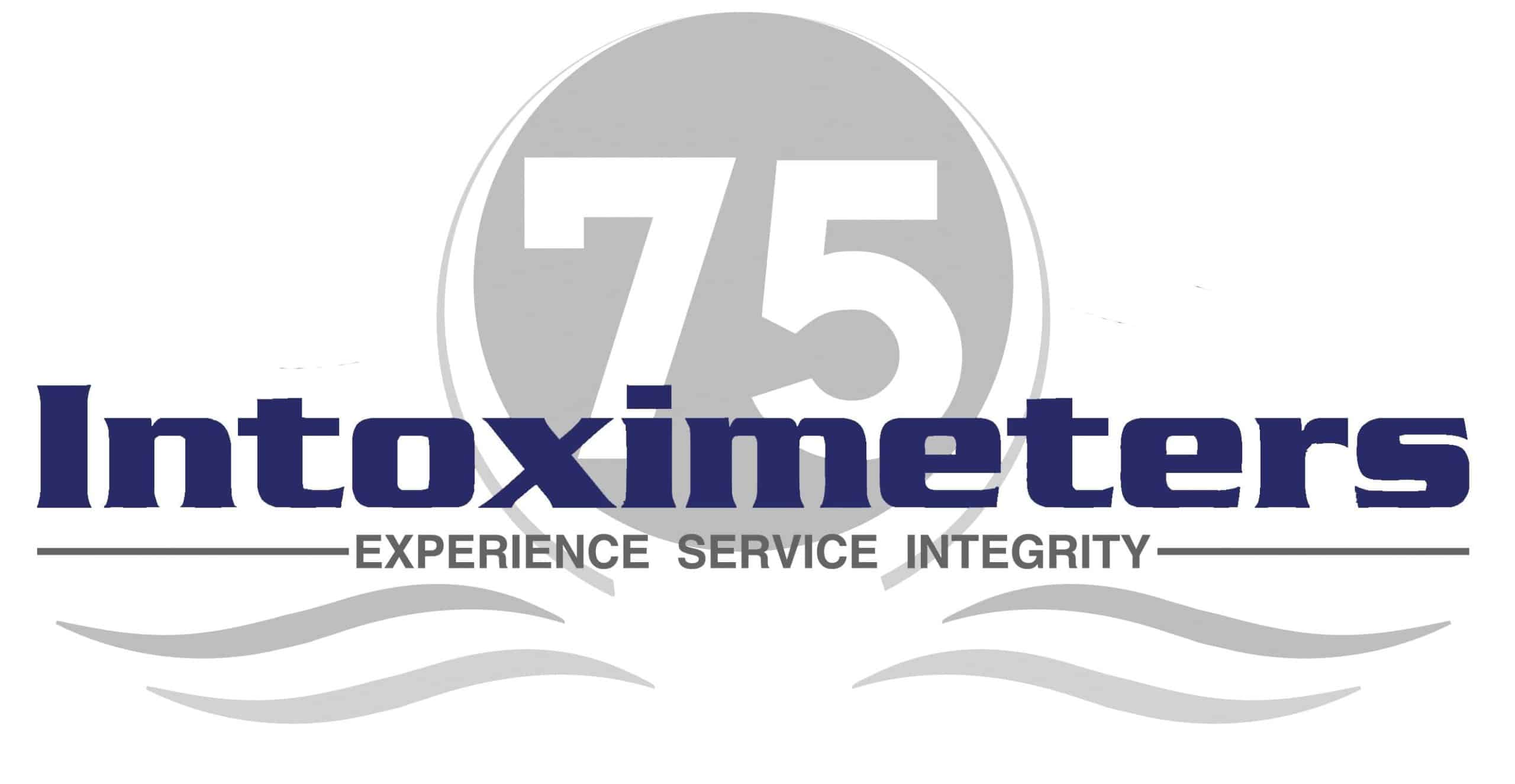Search FAQ's On This Page
Either a wet bath or dry gas standard can be used to check accuracy and perform calibrations. Check the Quality Assurance Plan (QAP) requirements of your program as it may dictate the methodology that you use.
The ASIV is not receiving consistent power from the battery and is resetting the test sequence. Remove the battery cover and check to make sure that the battery is making solid contact with the terminals. If this is not the problem change the battery with a new 9 volt alkaline battery.
Use the link above to get to the section on accuracy checks and calibrations.
RFI stands for Radio Frequency Interference. The ASIV was originally designed to detect the presence of RF within the Alco-Sensor IV’s shielded case and send a signal to the instrument’s processor to abort the test and flag it as an RFI void. Physical testing has since shown the instrument to be insensitive to commonly encountered RF levels. It is not necessary to conduct an accuracy check after an RFI void – simply move away from the source of the RF, or turn off the source and conduct another test.
The Alco-Sensor IV cannot detect that the breath flow sensor is connected. As a result, the instrument’s automatic sampling system is disabled. Only manual samples can be taken. This situation will require that the instrument be sent to the factory for repair.
VOID 14, or Voided Analysis, indicates that the instrument detected a possible interfering substance. The characteristics of the signal from each sample are compared against a set of internally stored characteristics from the last calibration or accuracy check. If the fuel cell signal being analyzed during a sample is significantly different from the stored characteristics, the instrument is designed to reject that test, flagging it as VOID 14.
This could be caused by two scenarios:
- The instrument was presented with a sample with an interfering substance that responded on the sensor but in a manner that was detected to be significantly different than the response to ethanol during the previous calibration or accuracy check.
- The normal aging of the fuel cell between calibrations or accuracy checks has resulted in a significant shift in the rate of response to a sample with ethanol in it.
To determine if the latter is the issue, calibrating the instrument with a known ethanol standard will reset the stored characteristics that the instrument is comparing the subject result to. If the error condition persists there is likely an interfering substance at play and steps should be taken to try and isolate it.
If this does not resolve the VOID 14 issue, the instrument may need to be returned to Intoximeters for service.
Intoximeters, Inc. does not claim to be an expert on infectious disease transmission, but it has developed two guides (Infection Control Cleaning and Disinfecting Intoximeters Handheld Instruments and Infection Control Cleaning and Disinfecting an Intoximeters Desktop Instrument) that list some of the concerns and commonsense steps that can be taken to reduce the likelihood of disease transmission while performing a breath alcohol test or while cleaning or disinfecting an Intoximeters, Inc. alcohol breath test instrument.
Additional information and directives on Coronavirus can be found through OSHA (3990-03 2020) or the CDC. The CDC has put out documentation for the maintenance on other types of breathing related equipment such as spirometers that may have helpful information on infections control measures.

